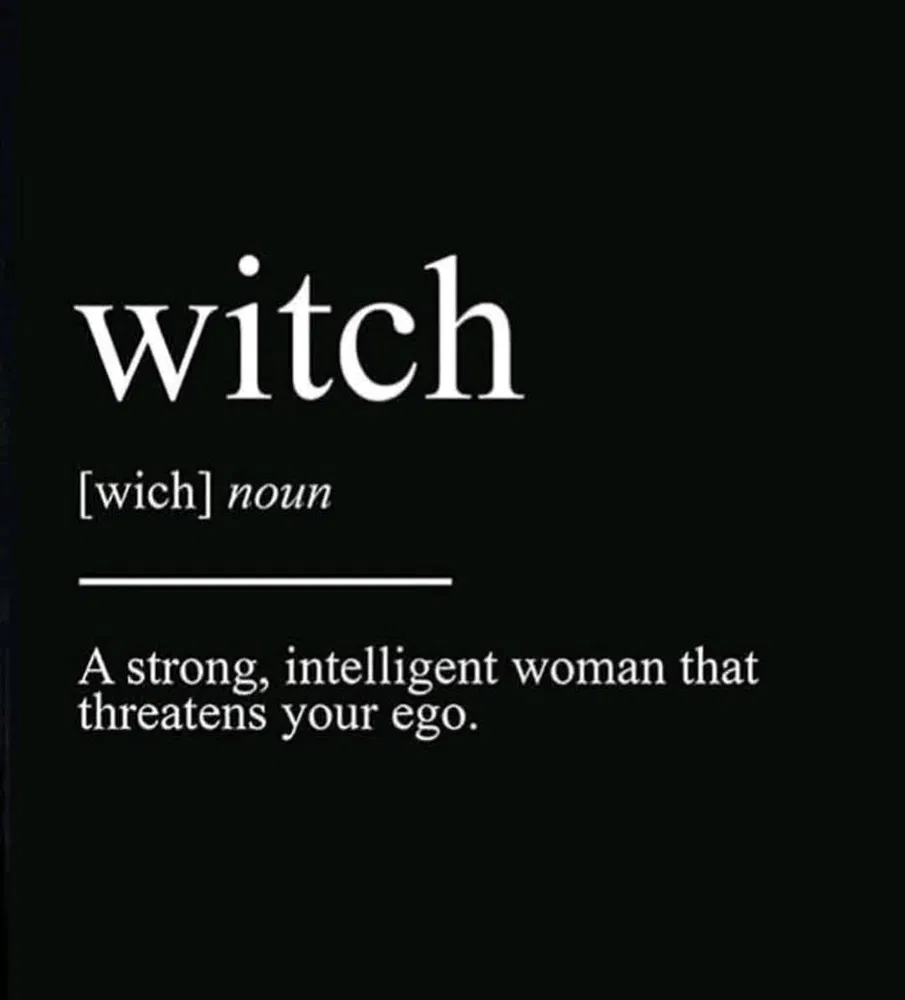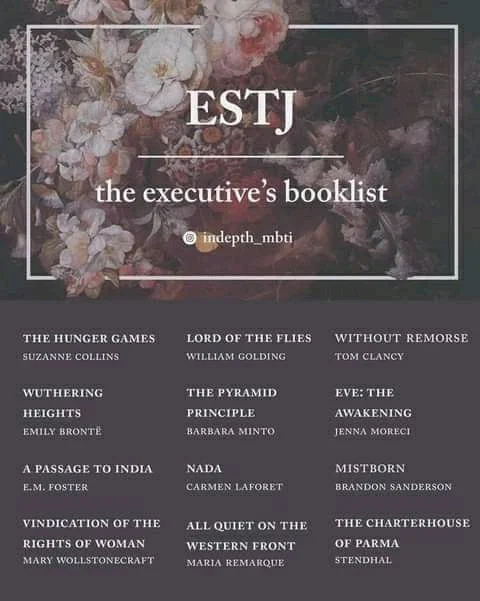We use cookies on our website for a number of purposes, including analytics, performance, and advertising. Learn more.
OK!
Boo
SIGN IN
Asian ESTJ Movie Characters
Asian ESTJ Mahishasura Mardini (1959 Film) Characters
SHARE
The complete list of Asian ESTJ Mahishasura Mardini (1959 Film) characters.
Debate the personality types of your favorite fictional characters and celebrities.
SIGN UP
50,000,000+ DOWNLOADS
Debate the personality types of your favorite fictional characters and celebrities.
50,000,000+ DOWNLOADS
SIGN UP
Delve into the dynamic universe of ESTJ Mahishasura Mardini (1959 Film) characters from Asia on Boo’s insightful database. Explore detailed profiles that unpack the narrative complexities and psychological nuances of these beloved figures. Discover how their fictional experiences can mirror real-life challenges and inspire personal growth.
Asia is a continent rich in cultural diversity, with each country contributing its unique societal norms, values, and historical contexts that shape the personality traits of its inhabitants. For instance, in Japan, the concept of "wa" or harmony is deeply ingrained in the social fabric, influencing individuals to prioritize group cohesion and collective well-being over personal desires. This cultural emphasis on harmony and respect for hierarchy can be traced back to centuries-old traditions and the influence of Confucianism, which underscores the importance of social order and familial piety. Similarly, in India, the value placed on family and community is paramount, with societal norms often revolving around collectivism and interdependence. The historical context of a caste-based society and the spiritual teachings of Hinduism and Buddhism have fostered a sense of duty, respect for elders, and a strong community orientation. These cultural characteristics significantly influence the behavior, attitudes, and interpersonal relationships of people across various Asian countries, creating a rich tapestry of personality traits that are both unique and interconnected.
Asian people exhibit a fascinating array of personality traits, social customs, and values that reflect the continent's vast cultural diversity. Generally, Asians are known for their strong sense of community, respect for tradition, and emphasis on harmony and balance in social interactions. These traits are deeply rooted in the historical and philosophical traditions of the continent, such as Confucianism, Buddhism, and Hinduism, which advocate for social harmony, respect for authority, and the importance of family and community. Social customs often include elaborate rituals and ceremonies that reinforce communal bonds and cultural heritage. For example, the practice of bowing in many East Asian cultures signifies respect and humility, while the Indian tradition of touching elders' feet is a gesture of reverence and seeking blessings. These cultural practices and values contribute to a collective psychological makeup that prioritizes social cohesion, respect for hierarchy, and a deep sense of duty and responsibility towards one's family and community. What sets Asians apart is their ability to blend these traditional values with modernity, creating a dynamic and resilient cultural identity that continues to evolve while staying rooted in its rich heritage.
Building on the diverse cultural backgrounds that shape our personalities, the ESTJ personality type, often known as "The Executive," brings a unique blend of leadership, organization, and practicality to any situation. Known for their strong sense of duty and unwavering commitment to order, ESTJs are natural leaders who excel in managing both people and projects with efficiency and precision. Their strengths include their ability to make quick, logical decisions, their reliability, and their knack for creating structured environments where everyone knows their role. However, their focus on rules and efficiency can sometimes lead to rigidity and a tendency to overlook the emotional needs of others, which may result in conflicts or misunderstandings. Despite these challenges, ESTJs are perceived as dependable, hardworking, and straightforward, often becoming the backbone of their communities and organizations. In times of adversity, they rely on their resilience and problem-solving skills, often taking charge to navigate through challenges with a clear plan of action. Their distinctive qualities make them invaluable in roles that require leadership, organization, and a strong sense of responsibility, allowing them to thrive in settings where structure and efficiency are paramount.
Discover the intriguing ESTJ Mahishasura Mardini (1959 Film) characters from Asia on Boo. Each story opens a gateway to greater understanding and personal growth through the fictional experiences depicted. Engage with our community on Boo to share how these narratives have influenced your perspective.
Asian ESTJ Mahishasura Mardini (1959 Film) Characters
All ESTJ Mahishasura Mardini (1959 Film) Characters. Vote on their personality types and debate what their true personalities are.
Debate the personality types of your favorite fictional characters and celebrities.
50,000,000+ DOWNLOADS
Debate the personality types of your favorite fictional characters and celebrities.
50,000,000+ DOWNLOADS
JOIN NOW
JOIN NOW























